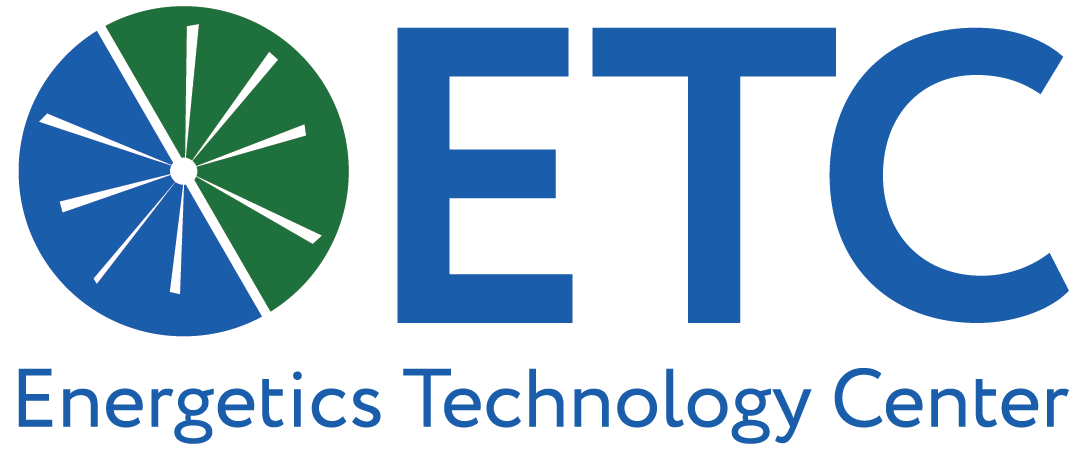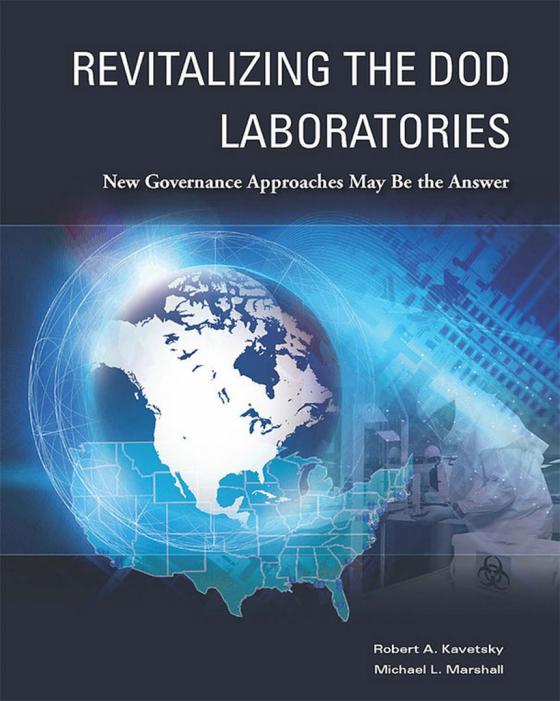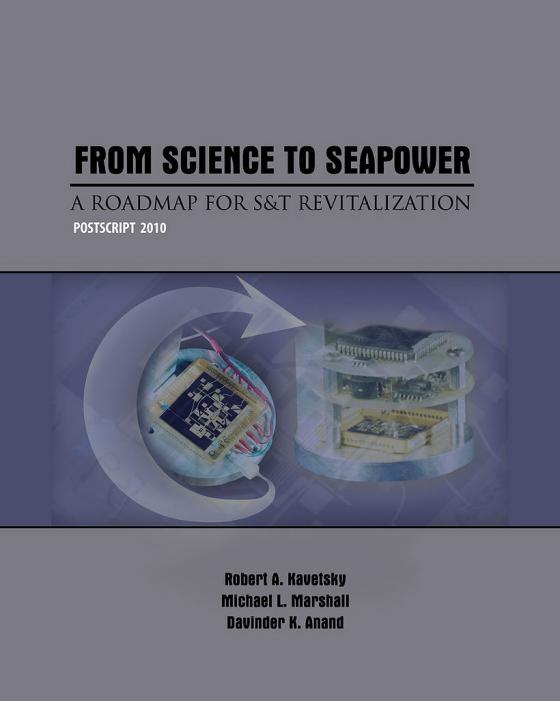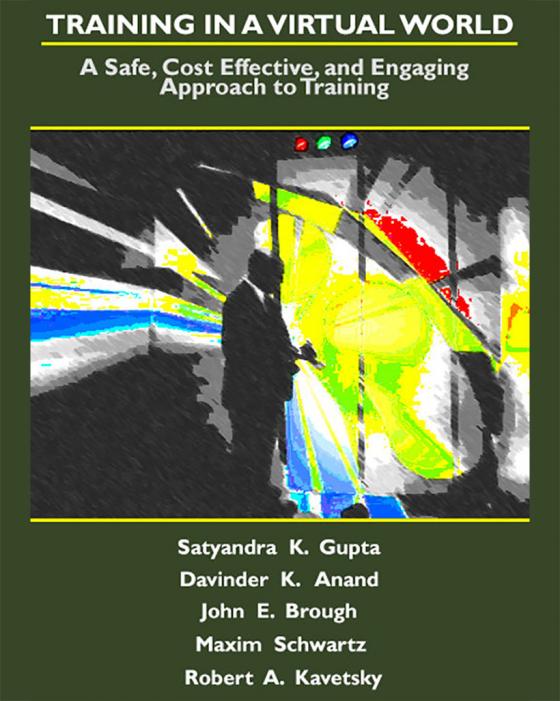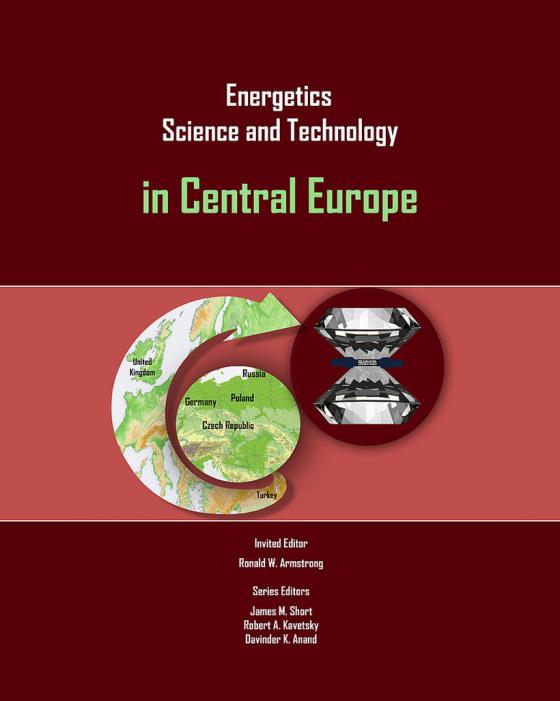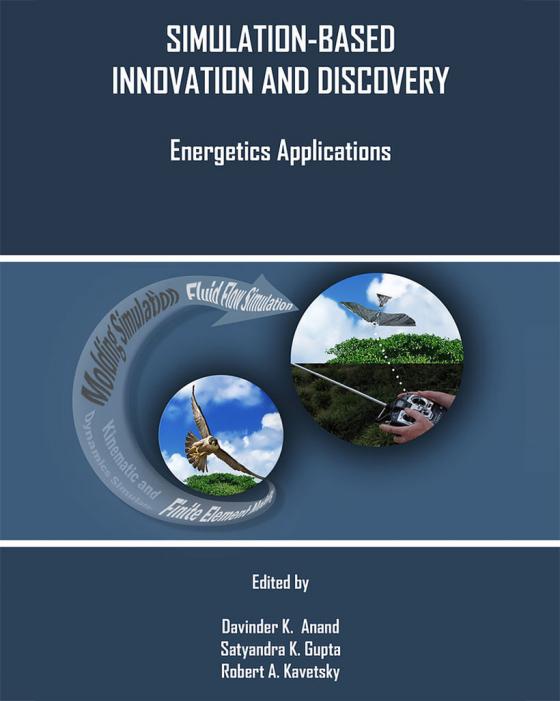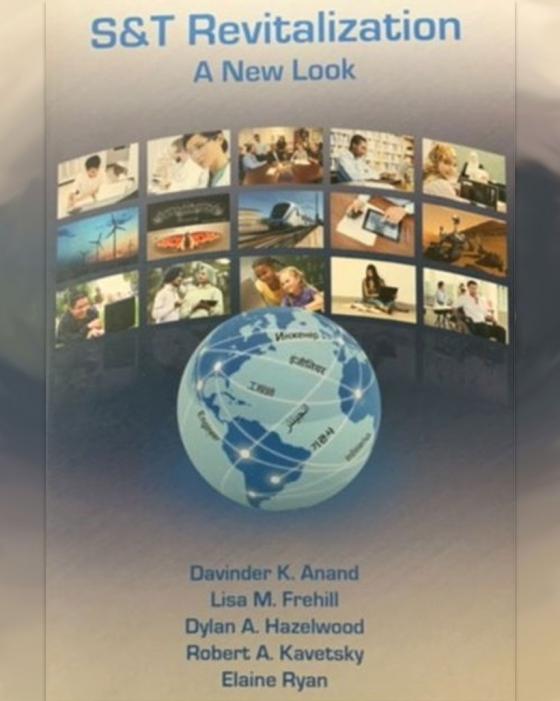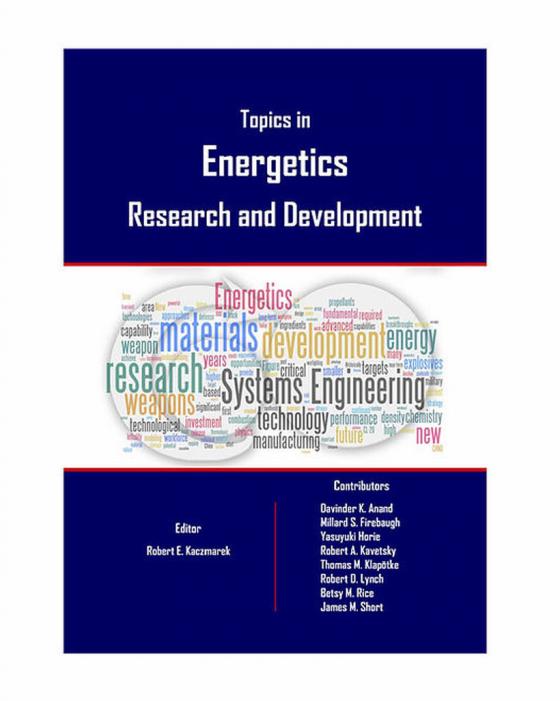News
Energetics Technology Center (ETC) Welcomes New Team Members to Strengthen STEM Innovation and Education Initiatives
November 2025 — Energetics Technology Center (ETC) is proud to announce the addition of four talented professionals to its growing team. These new hires bring a diverse range of expertise in computer science, robotics, and STEM education, further advancing ETC’s mission to inspire innovation and empower learners through hands-on, technology-driven experiences.
Cole Barbes
 Cole Barbes is a computer scientist supporting ETC’s collaborative efforts with the U.S. Army Research Laboratory (ARL). Cole specializes in robotic autonomous systems, with a focus on artificial intelligence, High Performance Computing, and robotics. Prior to joining ETC, he worked closely with ARL to research and develop agentic capabilities in robotic autonomous systems. Cole brings a strong background in advanced computing and applied robotics to ETC’s cutting-edge projects.
Cole Barbes is a computer scientist supporting ETC’s collaborative efforts with the U.S. Army Research Laboratory (ARL). Cole specializes in robotic autonomous systems, with a focus on artificial intelligence, High Performance Computing, and robotics. Prior to joining ETC, he worked closely with ARL to research and develop agentic capabilities in robotic autonomous systems. Cole brings a strong background in advanced computing and applied robotics to ETC’s cutting-edge projects.
Sheri Tiller
 Sheri Tiller joins ETC as a STEM Educator, bringing a lifelong passion for teaching and learning. Her extensive background includes more than a decade of experience teaching in diverse environments. Sheri has developed and delivered innovative curricula tailored to a wide range of student learning styles and has long embraced technology to enhance education, using web-based learning tools before they became standard practice. She continues to integrate creativity and artistry into her approach to STEM instruction.
Sheri Tiller joins ETC as a STEM Educator, bringing a lifelong passion for teaching and learning. Her extensive background includes more than a decade of experience teaching in diverse environments. Sheri has developed and delivered innovative curricula tailored to a wide range of student learning styles and has long embraced technology to enhance education, using web-based learning tools before they became standard practice. She continues to integrate creativity and artistry into her approach to STEM instruction.
Alicia Meyer
 ETC is also pleased to welcome Alicia Meyer, an experienced classroom teacher with over a decade of experience educating students from grades 3 through 8 across Ohio, Iowa, and Maryland. At ETC, she teaches RoboMasterminds classes and plays a key role in designing engaging STEM curricula, including the BEST START Energy Science Camp, which she led last summer in Aberdeen. Alicia’s passion for inquiry-based learning and science education drives her commitment to helping students build confidence, curiosity, and problem-solving skills through hands-on exploration.
ETC is also pleased to welcome Alicia Meyer, an experienced classroom teacher with over a decade of experience educating students from grades 3 through 8 across Ohio, Iowa, and Maryland. At ETC, she teaches RoboMasterminds classes and plays a key role in designing engaging STEM curricula, including the BEST START Energy Science Camp, which she led last summer in Aberdeen. Alicia’s passion for inquiry-based learning and science education drives her commitment to helping students build confidence, curiosity, and problem-solving skills through hands-on exploration.
Bill Weber
 Returning for his second year with ETC, Bill Weber continues to support RoboMasterminds as a STEM Educator. With more than 20 years of experience as an engineering teacher for Baltimore County Public Schools, Bill has cultivated a broad skill set in robotics, technical theatre, and professional development. He has coached the award-winning VEX Robotics teams since 2008, led technical theatre programs, and supported county-wide training for Career and Technical Education (CTE) teachers. At ETC, Bill develops curricula and leads hands-on STEM workshops designed to ignite a passion for engineering among the next generation of innovators.
Returning for his second year with ETC, Bill Weber continues to support RoboMasterminds as a STEM Educator. With more than 20 years of experience as an engineering teacher for Baltimore County Public Schools, Bill has cultivated a broad skill set in robotics, technical theatre, and professional development. He has coached the award-winning VEX Robotics teams since 2008, led technical theatre programs, and supported county-wide training for Career and Technical Education (CTE) teachers. At ETC, Bill develops curricula and leads hands-on STEM workshops designed to ignite a passion for engineering among the next generation of innovators.
“Each of these new team members brings remarkable experience and energy to ETC,” said Virginia To, Vice President of Research and Outreach at ETC. “Their diverse expertise strengthens our ability to deliver impactful STEM education and innovative research partnerships that prepare students and professionals alike for the technologies of tomorrow.”
For more information, visit www.etcmd.com.
Media Contact:
Energetics Technology Center
contactus@etcmd.com
(301) 645-6637
Archive
- Energetics Technology Center Welcomes New Talent Across STEM, Robotics, and Engineering—September 2025
- Congress Establishes Joint Energetics Transition Office—NATIONAL DEFENSE MAGAZINE on January 22, 2024
- The Pentagon is hurrying to find new explosives—THE ECONOMIST on January 17th
- ACMI Federal Secures $75 Million DoD Contract for Munitions Campus to Strengthen Munitions Supply Chain—PR NEWSWIRE/ACMI Federal on September 26, 2023
- Congress Adds Energetics, Critical Chemical Provisions to Defense Bill—NATIONAL DEFENSE MAGAZINE on August 18, 2023
- CL-20,Most powerful non nuclear explosive, 10 times more powerful than TNT—FP DEFENSE NEWS on August 15, 2023
- US Eyes More Powerful Explosives for Deadlier Weapons—The Defense Post on August 7, 2023
- Eyeing China in the Pacific, US studies explosives to make missiles fly farther—REUTERS on August 3rd, 2024
- CL-20: China reports to significantly improve world’s most powerful explosive—ONEINDIA NEWS, Some time in July of 2023
- Incorporation of CL-20 on Three Munitions Proposed by HASC Panel—DEFENSE DAILY on June 13, 2023
- Pioneered By US, Mastered By China! Chinese Scientists Claim Overtaking The US In Mastering World’s Most Powerful Explosive—EURASIAN TIMES on June 5, 2023
- China has made CL-20 5 times more shock resistant—INTERESTING ENGINEERING on June 3rd, 2023
- China has significantly enhanced safety of the world’s most powerful explosive: Report—WION on June 2, 2023
- China has tamed the world’s most powerful explosive, military scientists say—SOUTH CHINA OPENING POST on June 2, 2023
- Seeking a Bigger Bang, U.S. Invests in Advanced Explosives—WALL STREET JOURNAL on May 29, 2023
- CL-20 Used in Switchblade 300, May See Wider Use in JASSM-ER, LRASM, Other Munitions—DEFENSE DAILY on March 28, 2022
- In War with China, US Risks Being Beaten Over the Head With Its Own Explosive Technology—FORBES MAGAZINE on March 9, 2023
- Energetics Workforce Is Graying Out—NATIONAL DEFENSE MAGAZINE on June 28, 2022
- Energetics: Community Warns of Chinas’ Edge Developing Explosive Materials—NATIONAL DEFENSE MAGAZINE on June 27, 2022
- Energetics Supply Chain Called Fragile, Vulnerable—NATIONAL DEFENSE MAGAZINE on May 6, 2022
- U.S. Needs to Refocus on Energetic—NATIONAL DEFENSE MAGAZINE on March 30, 2022
- National Security Leaders to Discuss U.S. Innovation in Energetics—PURDUE NEWS on May 2, 2022
- A Critical Chemical Cautionary Tale …and The Moral of The Story—ETC NEWSLETTER on Dec 2022
- The Dragon’s Jaw Bridge: An Example Of Weapon Effectiveness—ETC NEWSLETTER on April 2021
Insights
After DOT&E: Reforming Test and Evaluation for the Age of Lethality
by Dr. Marcus Jones
Executive Summary
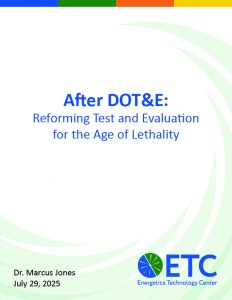 This think-piece examines the implications and potential of the May 2025 directive reorganizing the Office of the Director of Operational Test and Evaluation (DOT&E), a reform aimed at increasing agility, reducing bureaucratic friction, and focusing the Department of Defense’s test and evaluation (T&E) enterprise on its core statutory mission. The reorganization marks a turning point in the evolution of oversight and performance assessment for defense systems, one that invites fresh thinking about how best to align speed, innovation, and warfighter confidence. The urgency of this reform has now been explicitly acknowledged in Congress: the Senate’s FY26 NDAA includes a legislative proposal to establish an Alternative Test and Evaluation Pathway, initially scoped to software-intensive systems, that embodies many of the very principles advocated here: mission-focused evaluation, continuous feedback, early failure discovery, and decoupling from rigid documentation requirements.
This think-piece examines the implications and potential of the May 2025 directive reorganizing the Office of the Director of Operational Test and Evaluation (DOT&E), a reform aimed at increasing agility, reducing bureaucratic friction, and focusing the Department of Defense’s test and evaluation (T&E) enterprise on its core statutory mission. The reorganization marks a turning point in the evolution of oversight and performance assessment for defense systems, one that invites fresh thinking about how best to align speed, innovation, and warfighter confidence. The urgency of this reform has now been explicitly acknowledged in Congress: the Senate’s FY26 NDAA includes a legislative proposal to establish an Alternative Test and Evaluation Pathway, initially scoped to software-intensive systems, that embodies many of the very principles advocated here: mission-focused evaluation, continuous feedback, early failure discovery, and decoupling from rigid documentation requirements.
Drawing on four decades of institutional experience, this paper explores the rationale for reimagining T&E as an integrated, continuous function grounded in mission context, powered by digital tools, and focused on fielding capabilities that are both effective and adaptable. It highlights how legacy structures, while built on good intentions, have often struggled to keep pace with the demands of software-defined systems, autonomous platforms, and modern joint operations.
The paper identifies key enablers that can help ensure the success of the current transformation: investment in digital test infrastructure, reinforcement of evaluation as a lifecycle function, preservation of transparent performance reporting, and the development of a modern T&E workforce. These steps are not about preserving legacy forms but about building a leaner, faster, and smarter T&E system aligned with emerging technologies and operational demands.
